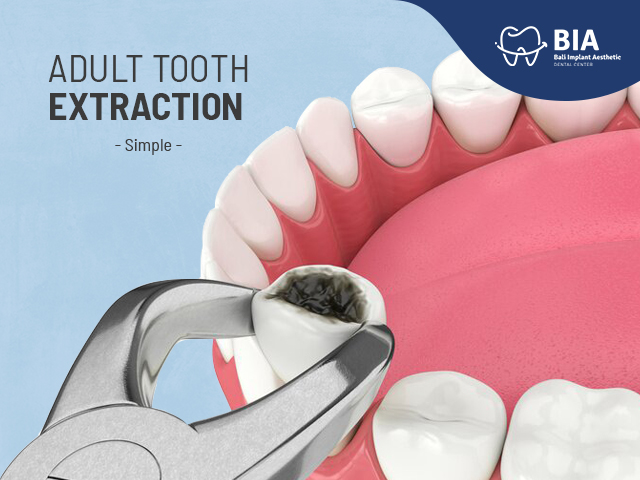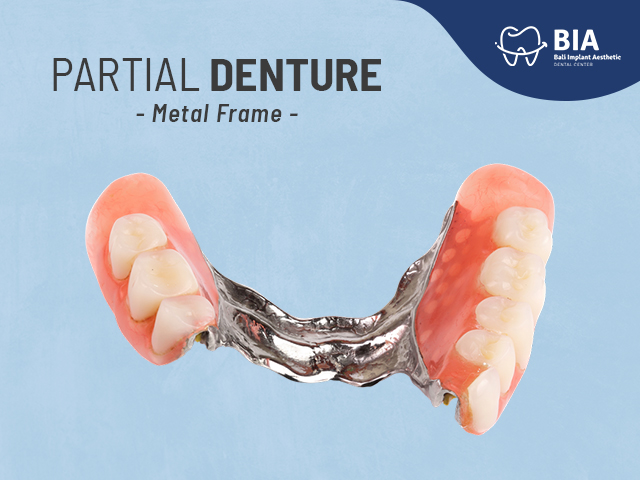Ideal Age For Dental Implant Treatment
Article | 2021-07-21 01:51:14
Ideal Age For Dental Implant Treatment
Tooth loss can happen to anyone, at any age, and not only because of dental caries. One of the factors that make a person experience tooth loss is trauma or accidents. Tooth loss conditions can be treated with removable dentures, fixed dentures or dental implants. Dental implants are considered the treatment of choice to replace missing teeth in adults. But what about children or teens who have lost one or more teeth due to a traumatic injury or congenital condition? Are dental implants a viable option for this young age group? At what age can dental implant treatment be done?
Age is one of the important criteria reviewed by dentists who will perform dental implant treatment; certified dental implant dentist, periodontist, prosthodontist, and oral surgeon when screening patients for dental implants. Other factors that can determine the long-term success of permanent dental implants are the patient's oral health, number and location of missing teeth, jawbone integrity, and general well-being. The question is, is there a minimum age for dental implants?
Before patients can receive dental implants, they must have reached bone maturity. In other words, their jawbones are fully developed and will no longer have a 'growth spurt'. If dental implants are placed before puberty is complete and the jaw is still maturing, the restoration may interfere with further bone development, reducing its durability and potentially leading to complications. Because if this is done before the bone reaches its maturity, dental implant treatment will pose several risks, such as: bite problems, spaces between the teeth, bone loss around the prosthetic, and aesthetic changes to the face (craniofacial).
Although every teenager is different, jaw growth usually continues until the age of 18, 19 or 20 years. In some cases, patients are in their mid-20s when skeletal maturity is finally complete. So, it can be concluded that the ideal age for a person to get dental implant treatment is young adulthood. For this reason, adolescents under the age of 18 are often not suitable candidates for dental implant placement unless they have reached bone maturity. Therefore, usually the dentist who will treat dental implants will carry out supporting examinations such as dental x-rays, and other growth assessments to verify whether bone development is 100 percent complete, and the patient is ready for surgery.
Then, what solution can be done in patients who have not reached the ideal age or jawbone maturity? The solution can be done by dentists when the patient has not reached the ideal age or jawbone maturity, one of the solutions is the removable dentures to restore functionality and appearance. Regular check-ups are mandatory for the patient to determine the development of the jawbone. Remember that getting dental implants as a young adult can be a win-win situation. Your risk of developing peri-implantitis, the biggest cause of dental implant failure, is much lower. You have strong, healthy bones to support your dental implants.
BIA (Bali Implant Aesthetic) Dental Center comes with complete facilities and trusted dentists in their fields, especially dental implants. Dental implants are the most superior thing at BIA (Bali Implant Aesthetic) Dental Center. Always consult your dental and oral health problems with the dentist at the dental clinic you trust.
BIA (Bali Implant Aesthetic) Dental Center
Jl. Sunset Road No.86A, Seminyak, Badung, Bali Indonesia 80361.
+6282139396161
REFERENCE:
American Academy of Dentistry, Types of Dental Implants & Techniques https://www.aaid-implant.org/dental-implants/types-of-implants-and-techniques/
Journal of Indian Society of Periodontology, Implants in Adolescents https://www.ncbi.nlm.nih.gov/pmc/articles/PMC3800426/#
WebMD, Dental Implants https://www.webmd.com/oral-health/guide/dental-implants#1
Journal of Indian Society of Periodontology, Implants in Adolescents https://www.ncbi.nlm.nih.gov/pmc/articles/PMC3800426/#




